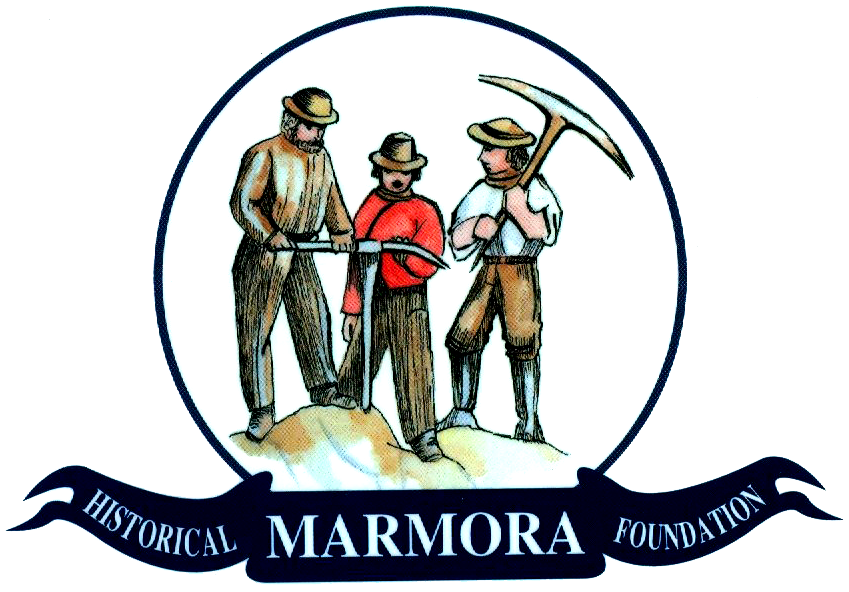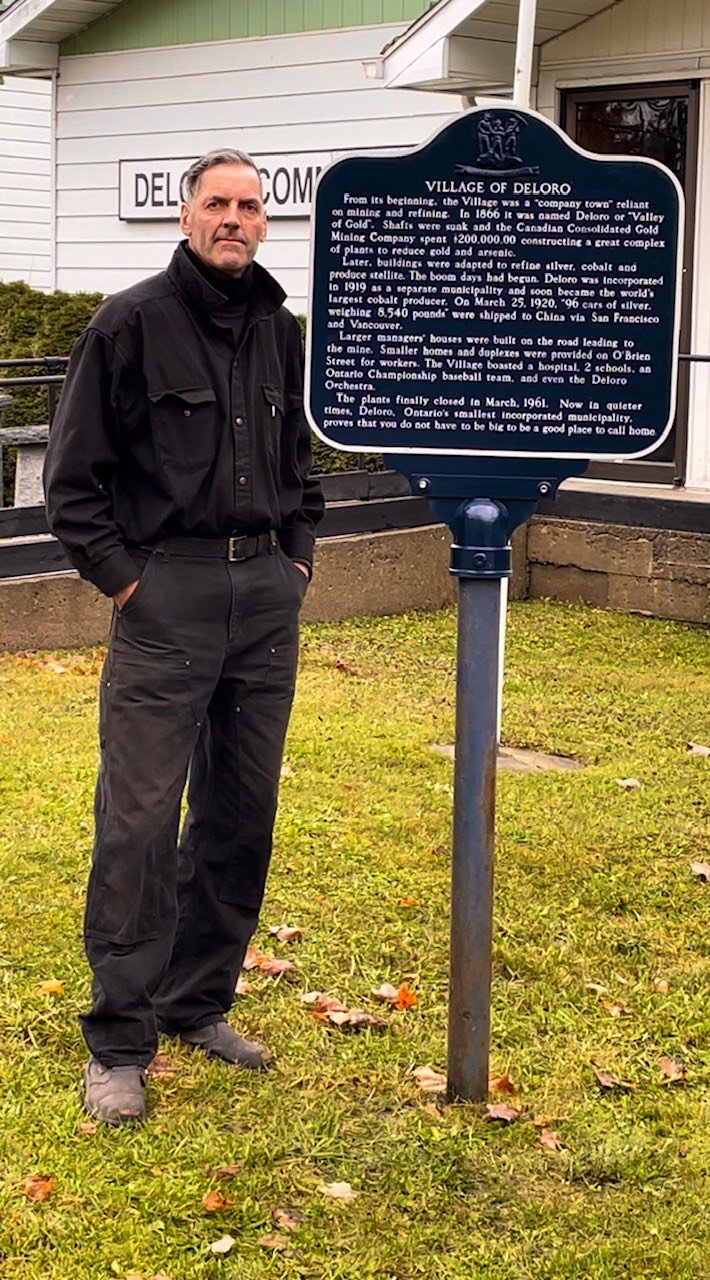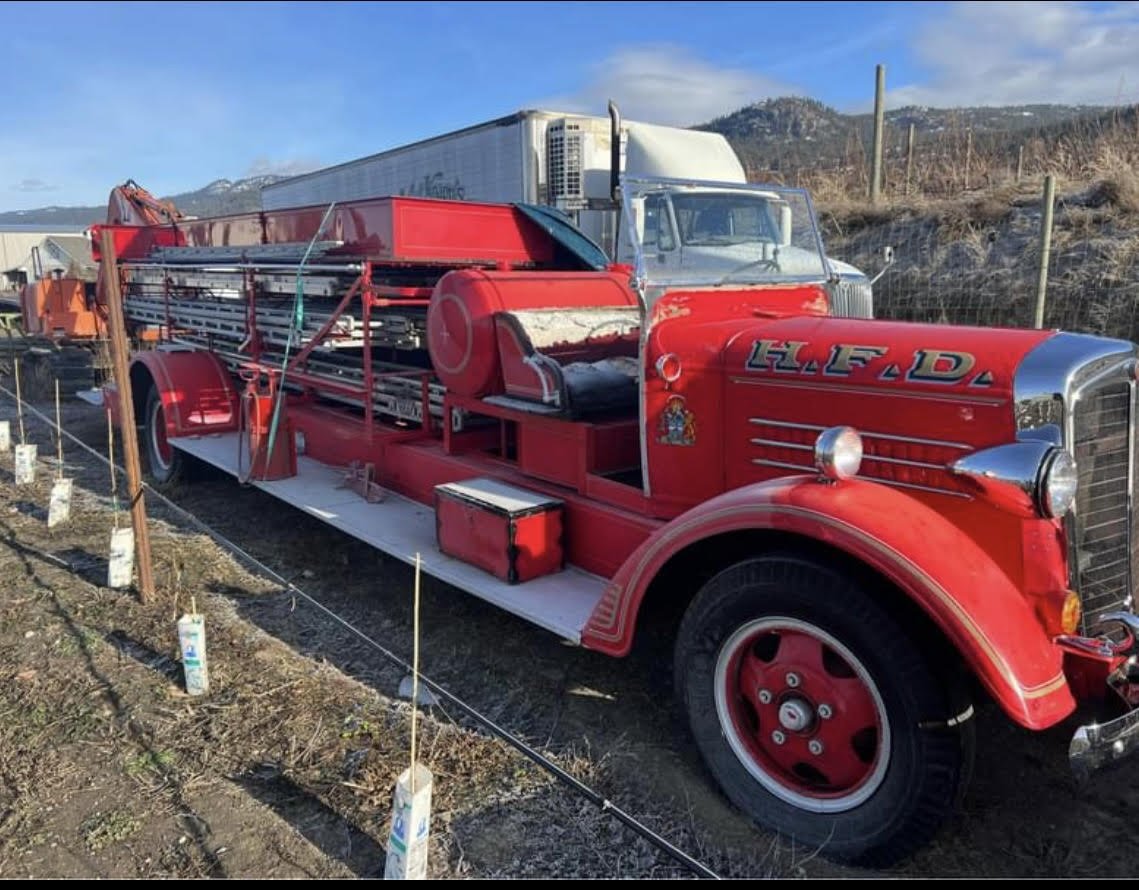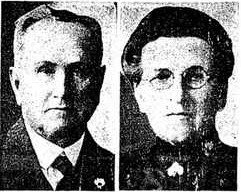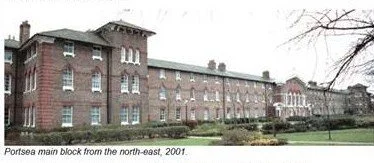THE LONG JOURNEY OF EDWARD HEWITT
/In a recent correspondence with Al Grant, he mentioned his grandfather, EDWARD HEWITT, was a foreman in Deloro during the Depression. Collecting information on Deloro employees is always of interest, but, as things turned out, more interesting was the story of how Edward ended up in Deloro. With the help of cousin George Hewitt, we learned all about Edward’s long journey.
Edward Hewitt was the son of James Hewitt (1849-1889) and Ann Feast (1851-1888). Both parents died while in the Union Workhouse, Milton, Portsea Island, Hampshire, England. Workhouses were accommodations and work places set up for the poor. They often included a hospital and a separate residence for “lunatics”. By 1846, the Portsea Workhouse had up to 540 inmates in residence.
Edward’s mother died while in childbirth and his father as a result of a mental breakdown. Edward and his two older sisters (Rebecca Ann and Caroline) were thus paupers in the care of this workhouse. His two sisters were trained as house servants and released for that purpose. He never saw them again.
By the late 1860’s, a number of British organizations and private individuals running homes for abandoned or orphaned children began to organize the emigration of parties of children to the colonies, with Canada being the most popular. Among these organizers was Scottish-born Miss Annie Macpherson, who, after organizing the export of several thousands of children, established among other places, a home known as Marchmont in Belleville., Ontario. (see panel on right)
Edward agreed to be shipped to Canada as an Immigrant Child under the care of Reverend Robert Wallace of the Marchmont Home, Belleville, Ontario. He was 9 years old when he arrived in Canada, via Halifax harbour, in 1893 as part of a shipment of 13 boys, ages 9 to 14. The Rev. Wallace handed him over to George Francis Wellman and his wife Sarah Reid as a farm labourer. (George was 1st cousin of Arnold Wellman, the victim in our murder story - see WELLMAN'S CORNER IN SHOCK - 1940 — MarmoraHistory.ca)
This was Edward’s second placement. George owned a hotel and farm in the Bonarlaw area at the time. They were childless and treated him like a son (apparently they adopted Edward as this is mentioned in George Wellman’s obituary).
George Wellman’s Bonarlaw (Bellview) hotel situated on the railway track
Edward Hewitt 1884-1961
In his early years Edward trained as a cheesemaker but at the time of his Marmora marriage on Sept. 15, 1910 to Mary Jane (Jenny) Blanford (1888-1962), he was working as a stable hand in a local livery on Forsythe Street in Marmora.. He started at the Deloro Smelting and Reduction Company sometime after that as a labourer and worked himself up to the level of shift foreman of the oxide plant. He was a Deloro employee for 43 years.
Mary Jane “Jenny” Blanford 1888-1862
Edward died in Marmora on Oct. 2, 1961, at the age of 77 after a lengthy illness.
Edward and Jenny had five children: Homer, George , Betsy, James and Carrie, who married our favourite Marmora musician, Jack Grant, father of Al Grant mentioned at the top of this story.
British Home Children Registry
Surname: HEWITT Given Names: EDWARD Gender Male Birth Yr. - 11 April 1883, Millbrook, Portsea Island, Hampshire, England Ship The “ Vancouver” Arrival: 1893 Age : 9
Sending Organization: Annie Macpherson (Wallace) Distribution: Marchmont Home Belleville
The Marchmont home has been Converted into apartments, the new address is 159 Yeomans Street.
Article from https://britishhomechild.com/
It is estimated that over 10,000 children from different organizations passed through the three buildings known as Annie MacPherson’s Marchmont Homes in Belleville.
Annie MacPherson, daughter of a Scottish school teacher and evangelist, was educated in Glasgow and at the Home and Colonial Training College in London. After her father died she moved to Cambridge, but soon after returned. Touched by the dire poverty in the east end of London, Annie opened the Home of Industry in Spitalfield in London in 1868. Located in a former cholera hospital that housed up to 120 children, it was soon full to overflowing and prompted by Maria Rye’s emigration efforts, she began making plans to emigrate children to Canada.
The first Marchmont location was opened in 1870 on Murney Hill in Belleville shortly after bringing in a ‘shipload’ of children to Canada with Ellen Bilbrough and Leslie Thom. Annie, Ellen and Leslie quickly realized that their method of distributing the children from their point of entry in Quebec to Hamilton was far from ideal. A shelter to regroup was needed after the long voyage out of which they could recruit placement families.
Belleville had a thriving, prosperous community and seemed a prime location to distribute children around southern Ontario. The Warden of the Council of the County of Hastings offered the Murney Hill location, a former Highland Avenue residence for invalid soldiers, rent-free if Miss MacPherson chose Belleville as a permanent location for her Distribution Home for her ‘London Wanderers.’
However, after only two years, a fire ravaged the property and it was the cause of the tragic death of five-year-old Robbie Gray after he ran back into the burning building.
Another site was needed. A new location, on Yeoman’s Hill in the West End of Belleville, was purchased by friends of Miss MacPherson. Formerly known as Charlement Lodge, it was located on three and a quarter acres at 193 Moira Street and renamed Marchmont.
It wasn’t long before tragedy struck again and the second Marchmont burned to the ground in 1875. This time Miss MacPherson’s friends found a great supporter in Senator Billa Flint who rallied people to raise the funds for a new building, at the same address, this time made of brick.
In 1875, Annie turned the running of the Home over to Ellen Bilbrough who remained there until her death in 1900. Ellen’s husband Reverend Wallace, who had remarried, carried on until his retirement in 1913 and Marchmont was supposed to be taken over by the Manchester and Salford Homes. They ceased operations after deciding not to bring any children to Canada until after the war.
In 1920, Lillian Birt, who was Annie MacPherson’s niece, had taken over the running of the Liverpool Sheltering Home in Knowlton, Quebec from her mother, Louisa Birt. Lillian announced that the Liverpool Sheltering Home was going to assume the responsibility of Marchmont. William H. Merry, a nephew of Annie MacPherson and Louisa Birt, who had also been superintendent at MacPherson’s Stratford Receiving Home, became the new superintendent of Marchmont until the doors were finally closed in August, 1925.
Many different organizations used the Marchmont Homes to bring their children to Canada: Barnardo’s, Quarrier’s, Mrs. Smyly from Ireland, Mrs. Blaikie and Thomas Gutherie from Scotland and the Manchester and Salford Boys’ and Girls’ Refuges, among others.
